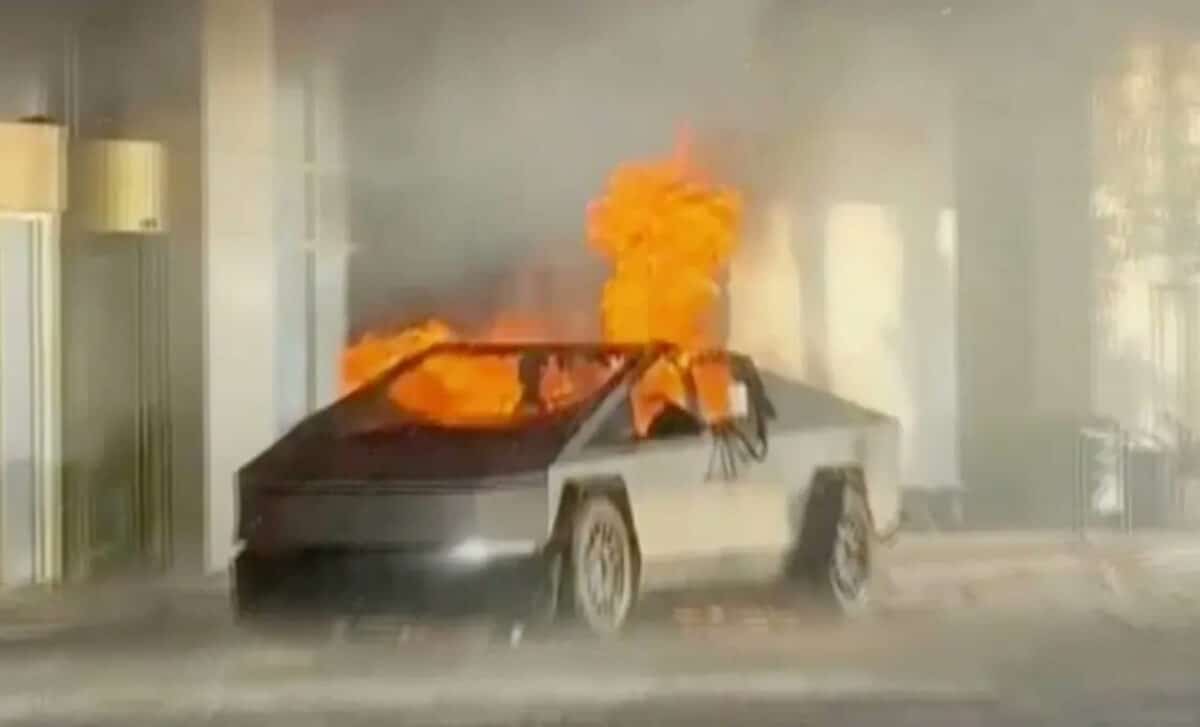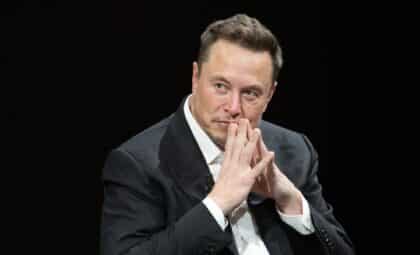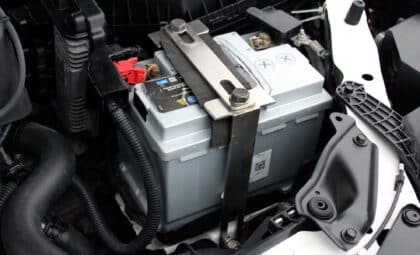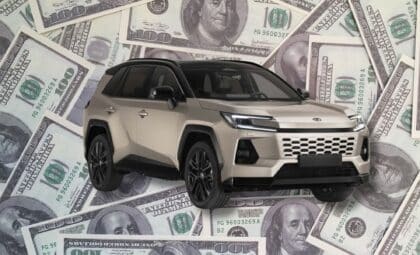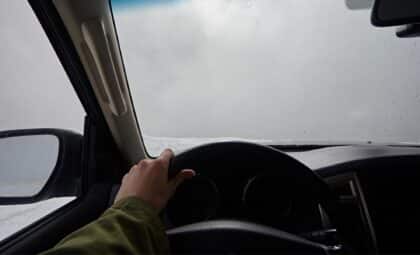The incident, which occurred in Piedmont in November 2024, resulted in the deaths of three young passengers and the driver. Family members of two of the victims are now suing Tesla, claiming the company sold vehicles with unsafe door mechanisms and failed to address known design flaws.
The crash happened in the early morning hours when 19-year-old Soren Dixon lost control of a Cybertruck and struck a retaining wall and tree. The impact caused the vehicle to catch fire. One passenger, Jordan Miller, managed to escape through the windshield, but the other occupants—including 19-year-old Krysta Tsukahara—were unable to exit the vehicle before it was consumed by flames. The lawsuits argue that Tsukahara was conscious after the crash but died of smoke inhalation and burns due to the failure of the door release system.
Her parents filed a wrongful death lawsuit in Alameda County Superior Court, joined days later by the parents of Jack Nelson, a 20-year-old also killed in the fire. Both families are now demanding accountability from Tesla over what they describe as preventable deaths.
Electronic Doors Failed After Crash, Say Families
The lawsuits claim the Cybertruck’s electronic door system stopped functioning after the vehicle lost power during the crash. Tesla’s doors are powered by a 12-volt battery, and when that system fails, the primary method of exit is disabled. Although a manual door release exists, it is described in the suit as being difficult to locate and poorly marked.
According to statements cited by the New York Post, the Tsukahara family’s lawyer, Roger Dreyer, argued that Tesla knew of the issue and continued selling vehicles that “entrap people and don’t provide a way of extraction.” The legal filings say that onlookers tried to rescue the victims but couldn’t break into the cabin before flames overtook the truck.
The only survivor, Jordan Miller, escaped after a passerby broke the windshield using a tree branch. Despite attempts to reach the others, the fire moved too quickly.
Lawsuits Cite Dozens of Similar Complaints
The Tsukahara lawsuit includes references to over 30 other incidents involving Tesla door systems that failed or malfunctioned. The complaint accuses Tesla of ignoring repeated warnings and showing what it calls a “conscious disregard” for customer safety.
The vehicle’s button-operated doors, part of Tesla’s high-tech design approach, have come under scrutiny before. As reported by the same source, the suit alleges that the Cybertruck’s doors “lacked a functional, accessible, and conspicuous manual door release mechanism [or] fail-safe.”
In September 2025, the National Highway Traffic Safety Administration launched a separate investigation into similar complaints from Model Y owners. Some parents said they were forced to break windows to free their children after the vehicles’ power systems failed.
Tesla has not issued a public statement on the current lawsuits and did not respond to requests for comment.
Impairment Cited, but Attorney Points to Design as Key Issue
Toxicology results showed that the four crash victims had consumed alcohol before the accident. The California Highway Patrol reported that impaired driving and speeding were contributing factors in the collision, according to the San Francisco Chronicle.
Still, the victims’ families maintain that the deaths could have been prevented if the vehicle had a safer emergency exit system. Dreyer, representing the Tsukahara family, said that while the driver may bear responsibility for the crash itself, Tesla should be held accountable for the consequences of a design that “entombed” its occupants.
“The vehicle absolutely should not have entombed these individuals and my clients’ daughter,” he told the Chronicle. “It’s our way of holding the wrongdoer accountable.”
Launched in November 2023, the Cybertruck has struggled in the market, with sales slipping and several recalls already issued. The lawsuits add another layer of difficulty for Tesla as it continues to face questions over the safety and reliability of its vehicles.

